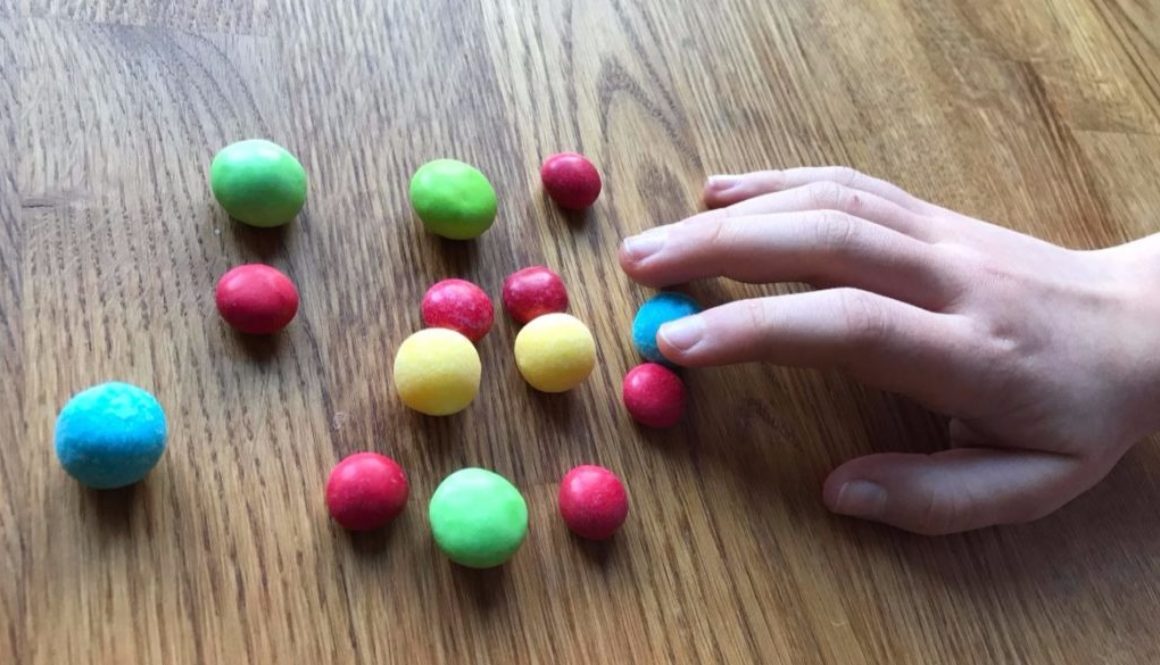Why are you talking? – Goals for communicating

Ever met someone who just won’t stop talking even long after you and everyone else in the room clearly just want the monologue to end? Ever wanted to get your children to START talking when all you get is silence or a non-committed “I’m fine” when you ask about their day?
What would happen if you zeroed in on the specific goal you were after before you started talking?
Talking.. Putting words to thoughts is not very easy in and of itself. To then ensure that the words generate the same meaning, to the ones you’re talking to, that you actually intended is master class level of communication.
Why are you talking?
Have you ever stopped to think about it? There could logically be a number of reasons, here are some examples of the answers I’ve gotten.
- To be heard – get a feeling of being understood
- To get someone to do something you want/need
- To make someone feel loved
I’ve also spotted a few other “reasons” during the years when I’ve been consciously watching, myself and others.
- Because something someone said triggered a story/memory in you that you just couldn’t stop yourself from blurting out.
You’ve told that story a thousand times but you can’t stop yourself from repeating it. (That’s because you’ve told it a thousand times and the brain gets good at what the brain does). - To get back at someone
- To hide behind some story to avert the attention from other more tender, potentially scary subjects
Start with the end in mind
In NLP, a leadership and communication toolbox I’ve studied, there is a base belief that states;
“The purpose of communicating is the response you get”
The background to this theory is the idea that communication consist of two parties, the sending and the receiving one. In true communication, compared to a monologue, both of you dance back and forth between sending and receiving. As the sending party you cannot really control what the receiving party interprets. But you can be sensitive to the response. Pay attention and be flexible in your approach until the message you’re trying to send actually results in what you want.
If you say “I want you to clean your stuff from the living room” to your daughter the result can vary from time to time. One possible result is that your daughter grabs her things and goes to lock herself in her room for the rest of the evening. Maybe that is what you want to happen ;p
Maybe the result you were looking for was an active help in taking care of the house, a clean living room as well as a happy daughter.
The key to be able to achieve your goals is to be very aware of what you actually want to happen. To set a very specific target.
Is the channel open or closed?
When it comes to children, and most adults, there is one specific factor you could benefit from payinng special attention to. Is the channel open or closed? If you’re trying to send a message the channel needs to be open. If it’s closed then it won’t matter how well you pick your words or how flexible you are in your approach. The message won’t get through.
Make sure that you have an open channel and your child’s full attention before trying to communicate. As an example, if you’ve ever trained a dog you know that there’s a huge difference in the level of attention that you can get from someone. If there’s a cat walking past the training ground… or if you’re all alone and you’re holding a piece of that favorite treat in your hand. Similarly the level of attention you can get from a child can vary enormously.
In my experience the most effective “tool” to use for attention and opening the communication channel is to be working on your connection. Take some time to connect to where your child is at before trying to work on going somewhere new.
Tips
- If you want someone’s full attention then ask that person when it would be a good time for them. When I plan for our Saturday family meetings I ask each daughter when it would be a good time for her. I ask something like “would it be ok to have the family meeting in 5 minutes?”. That gives them the opportunity to plan in regards to what they’re up to at the moment and to commit to the meeting.
- Don’t say “don’t” 😉 The brain cannot disregard information that is given to it. If you say “don’t scream at your sister” you’re not giving the brain the information it needs. It still “hears” “scream at your sister” and will register that.
In this example what you might want to say is something like: “Be nice to your sister. She gets so happy when you’re being caring towards her” - Take some time to consider where the person you’re going to talk to is coming from before interacting. How does she seem to be doing today? What are her goals and needs? If you can understand her background and current situation you will have a much better connection and chance of finding a win-win-proposal.
Want better results in your life?
If you were to analyze what you’re after before acting, before opening your mouth to speak, the chances of getting there will go from random chance to at least probable. The next level would be to pay close attention to the result you do get and adjust your communication accordingly until you get the desired results. But let’s start with level 1: “Defining the desired result”
The next time you’re about to interact with someone try the following:
- Stop and ensure you get some alone time. Excuse yourself and go to the bathroom if you need some time, it always works 🙂
- Take a mental step back from the coming dialogue and ask yourself;
- What would be the most amazing outcome for me in this situation? How would I like to feel when we’re done?
- What is the person I’m going to talk to want out of this? How do that person want to feel?
- How can I approach this situation so that we both get what we want while our relationship remains strong?
- Breathe deep and smile. Walk into the dialogue with an open heart and the knowledge that there is a way for you to both get what you want out of this. Walk in with the certainty that you are flexible, strong and non-judgmental enough for the both of you if needed.
Stay in the present and pay attention to the feedback you’re given and adjust your approach until you you get the desired results for the both of you.












